Golf is not just a game; it’s a lifestyle for many enthusiasts. Whether you’re a seasoned player or just stepping onto the green, having the right equipment is crucial. Renting golf clubs can be a convenient option, especially for those who are just visiting a course or are unsure about investing in their own set. But how much does it really cost to rent golf clubs? Let’s dive into this topic to provide you with a comprehensive look at the costs, considerations, and what to expect!
Understanding the Costs
The cost of renting golf clubs can vary significantly based on several factors. Here’s a breakdown:
Table of Rental Costs
| Location | Standard Set | Premium Set | Fees for Extras |
|---|---|---|---|
| Local Courses | $30 – $50 | $50 – $100 | $10 for GPS, $5 for range balls |
| Resort Courses | $40 – $70 | $70 – $120 | $15 for shoes, $10 for balls |
| International Courses | $50 – $90 | $90 – $150 | $20 for shoes, $15 for balls |
The costs above reflect typical fees across different types of golf courses. Generally, you can expect to spend anywhere from $30 to $150 for a full set of clubs, depending on whether you’re renting a standard or premium set.
Factors Influencing Rental Costs
-
Type of Golf Course
- High-end resorts and country clubs often charge more compared to municipal or public courses.
-
Duration of Rental
- Most courses offer daily rentals. However, some may offer a discounted rate for multi-day rentals.
-
Club Brand and Quality
- Premium brands like TaylorMade or Callaway may cost more than standard options.
-
Additional Equipment
- Renting accessories like shoes or GPS devices can add to the overall cost.
- Time of Year
- Prices may fluctuate based on the golf season. Some courses have peak rates in the summer.
What to Expect When Renting
Many courses offer a variety of golf clubs for rent, including:
- Drivers
- Irons (5-PW or 3-PW)
- Wedges
- Putters
Most courses will provide a basic rental set that includes a driver, a few irons, and a putter. You may need to specify if you’d like a full set or if you need any specific extra clubs.
Rental Policies
It’s essential to familiarize yourself with the rental policies of the golf course, which may include:
-
Identification Requirements
Some courses may ask for your ID or a credit card deposit.
-
Rental Duration
Confirm how long you can keep the clubs.
- Return Policies
Understand what’s expected upon returning the clubs, especially if they’re damaged.
Saving Costs on Rentals
If you want to enjoy the game without breaking the bank, consider these tips:
-
Book Online
Many courses offer discounts for online bookings.
-
Look for Package Deals
Some courses offer bundled deals that include rentals and green fees.
-
Try Off-Peak Times
Playing during off-peak hours can lead to lower rates.
- Bring Your Own Accessories
If you have your golf shoes or favorite balls, bringing them can save on those extra costs.
Pros and Cons of Renting Golf Clubs
Pros
- Cost-Effective: Great option for beginners or infrequent players.
- No Long-Term Commitment: Perfect for travelers or those new to the game.
- Try Before You Buy: Renting gives you a chance to assess clubs before purchasing your own.
Cons
- Quality Variability: The quality and condition of rental clubs can vary.
- Limited Selection: You may not find your preferred brand or style.
- Potential Extra Fees: Additional costs may apply for accessories.
FAQs about Renting Golf Clubs
1. What is the average cost to rent golf clubs?
Typically, expect to pay between $30 and $150, depending on the type of course and clubs.
2. Can I reserve golf clubs in advance?
Most courses allow for advance reservations, especially during peak times.
3. Do golf courses provide insurance for rented clubs?
Insurance policies vary by course. Always inquire about damages before renting.
4. What happens if I damage the rented clubs?
You may be responsible for repair costs. It’s best to clarify this before renting.
5. Can I rent golf clubs at major golf tournaments?
Yes, many tournaments provide rental services but tend to be pricier during these events.
6. Is it necessary to rent premium clubs?
It’s not necessary unless you have specific preferences for more advanced equipment.
7. Can I rent golf clubs and a cart together?
Yes, many courses offer combined deals that can save you money.
8. How can I find rental options at specific golf courses?
Visit the course’s website or call ahead for detailed information about rentals.
9. Are there any discounts for renting clubs for multiple days?
Some courses do offer discounts; it’s best to ask when you book.
10. Is it better to rent or buy clubs?
This depends on your playing frequency. If you’re a beginner or casual player, renting can be better. If you play often, investing in your own set might be worthwhile.
Key Takeaways
- Renting golf clubs generally costs between $30 and $150, influenced by various factors such as location and club quality.
- Understand the rental policies, including identification and return requirements, before renting.
- Consider online booking, off-peak play, and potential package deals to save money.
- Weigh the pros and cons of renting versus buying based on your playing frequency.
By keeping these tips in mind, you can enjoy your time on the golf course without financial worry. Renting clubs can be just as effective as owning your own – especially if you’re just starting or occasionally hitting the greens!
So what are you waiting for? Get out there and hit that golf ball with confidence! 🏌️♂️

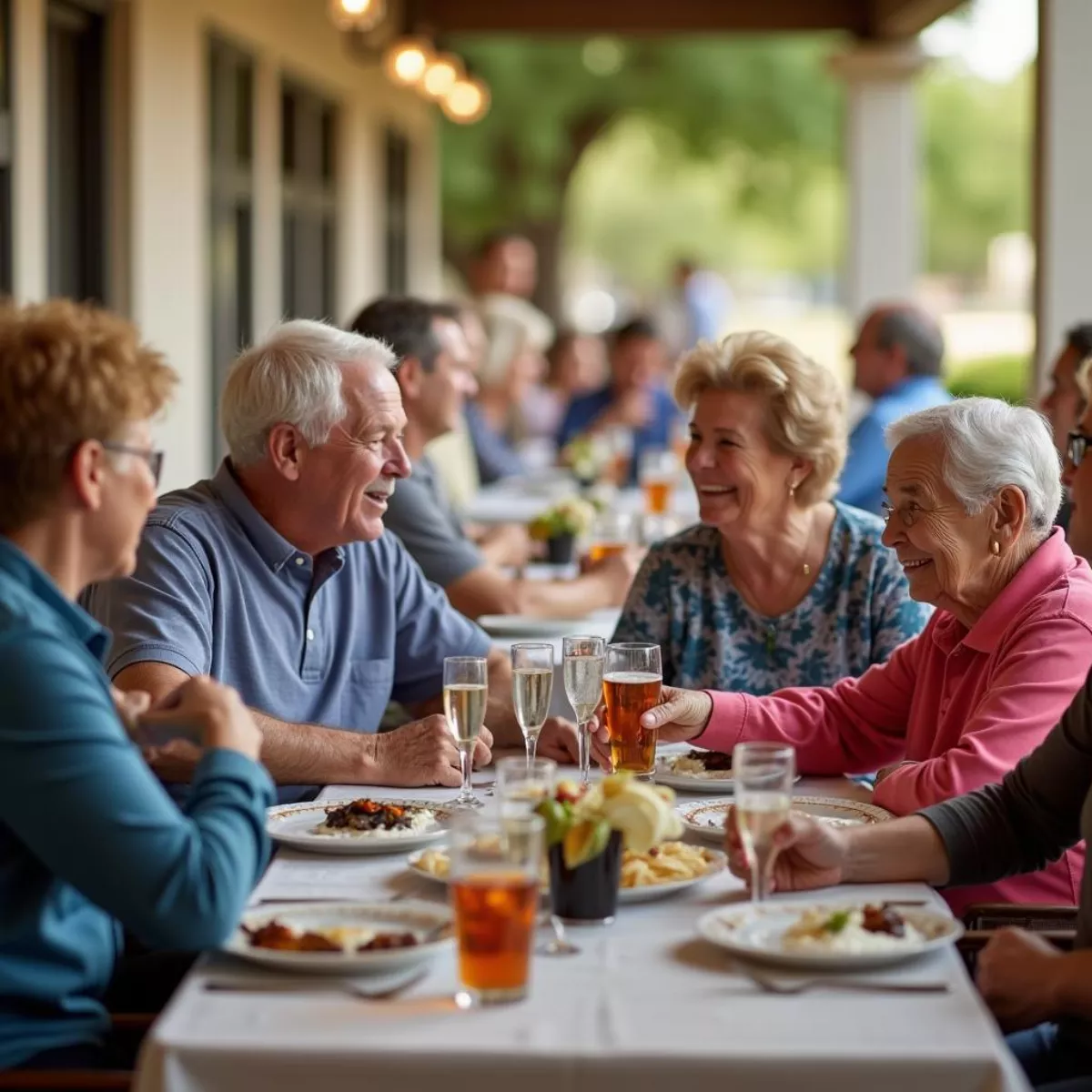 McCormick Ranch Golf Villas Community Event
McCormick Ranch Golf Villas Community Event McCormick Ranch Golf Villas Interior Design
McCormick Ranch Golf Villas Interior Design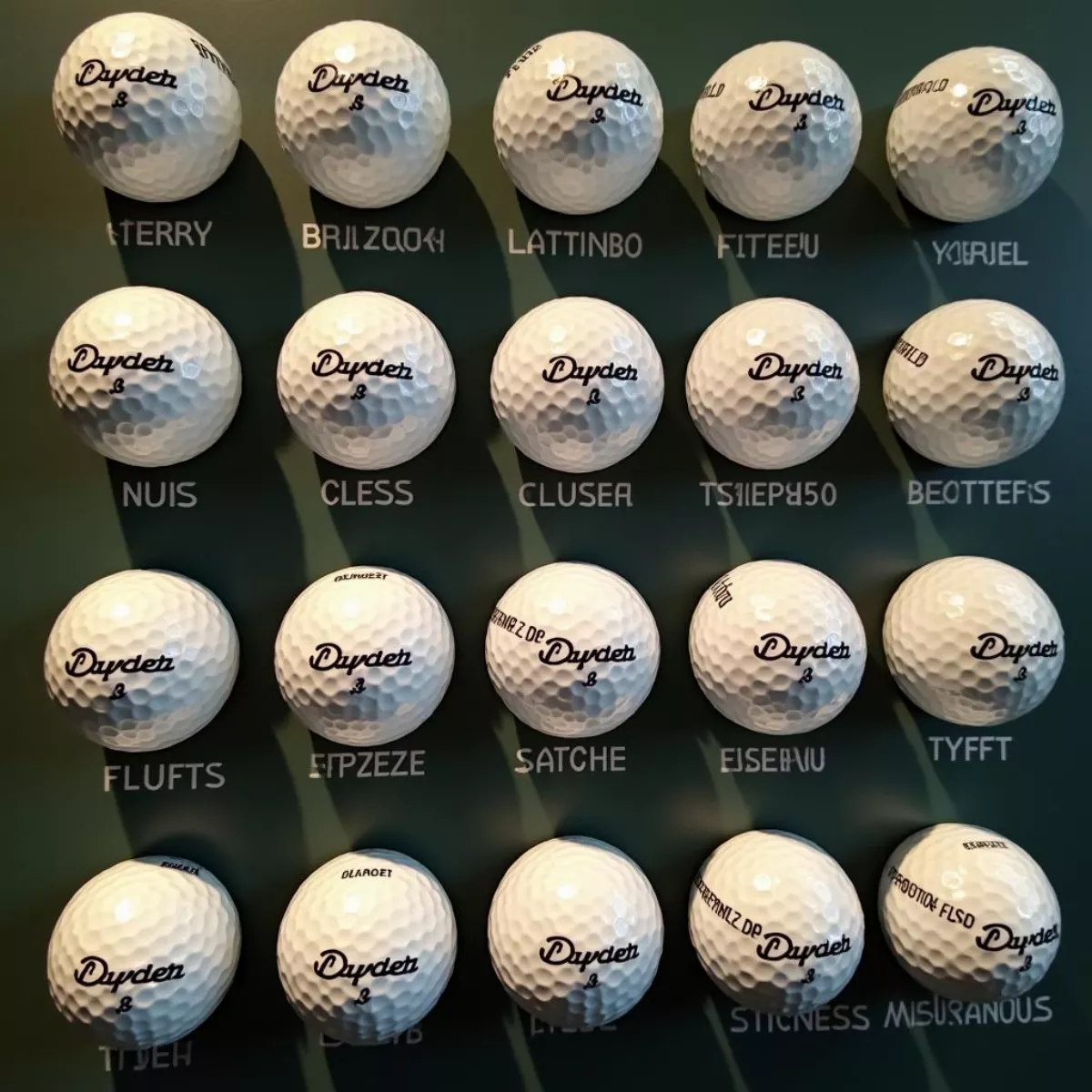
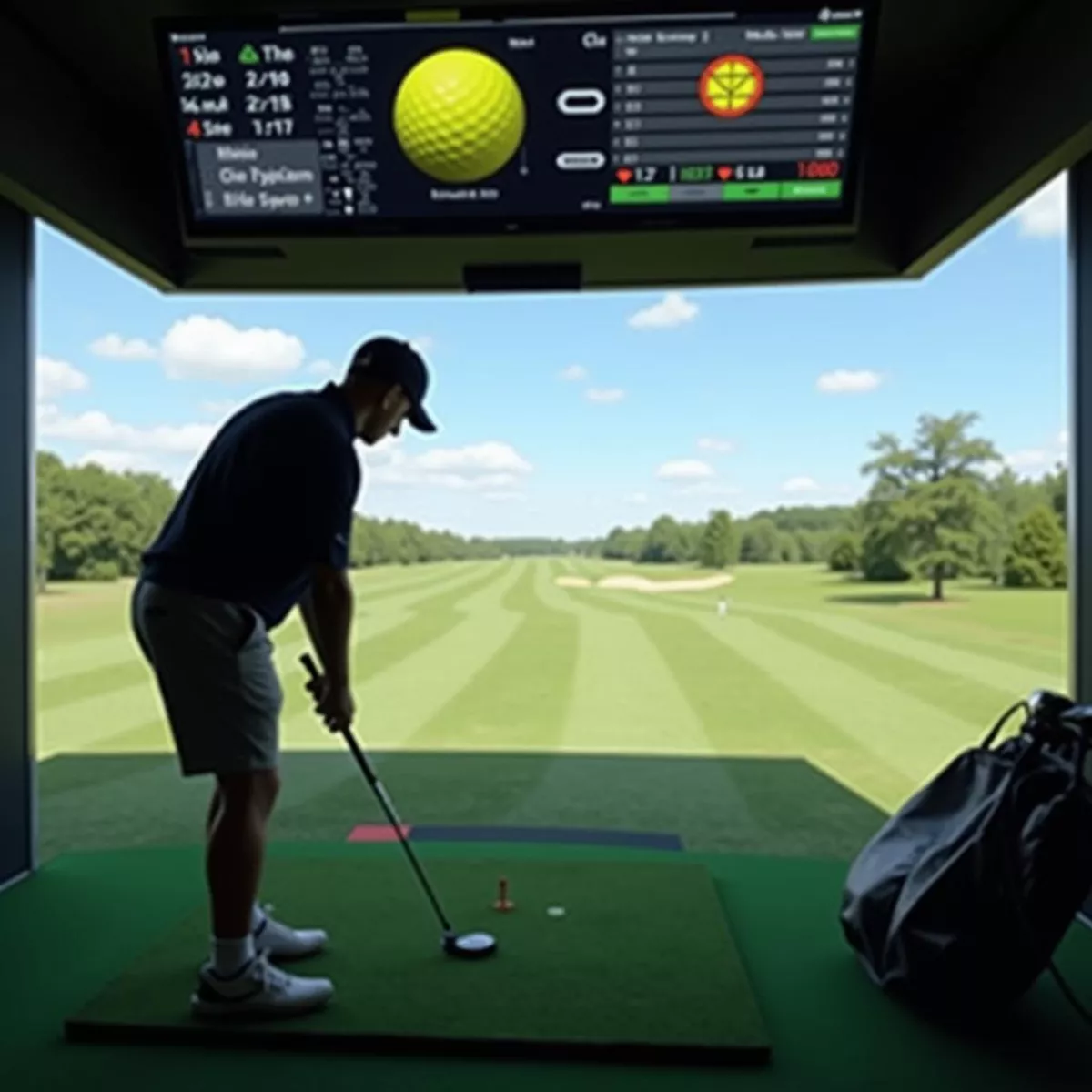 Golfer Testing Golf Balls
Golfer Testing Golf Balls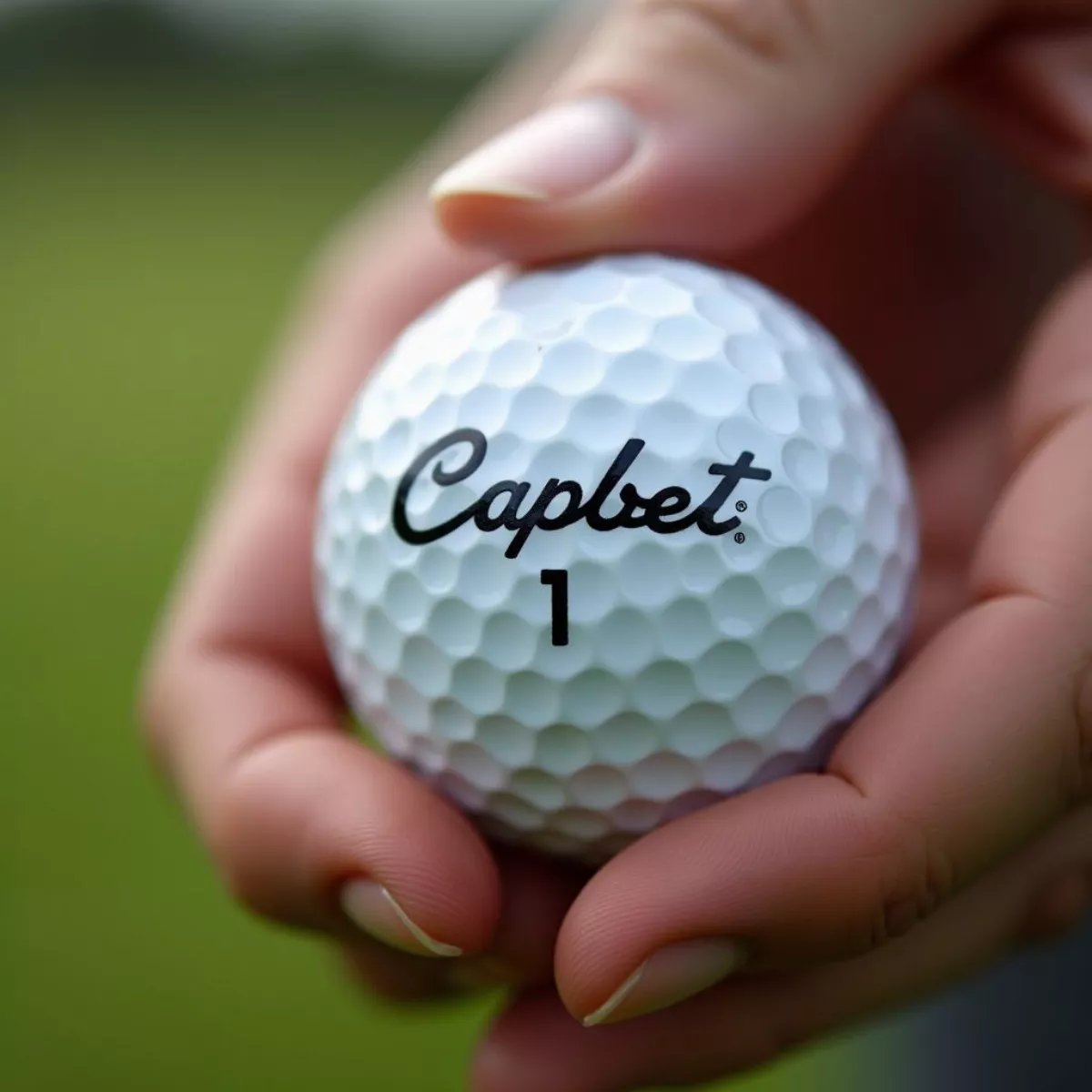 Golfer Choosing Golf Balls
Golfer Choosing Golf Balls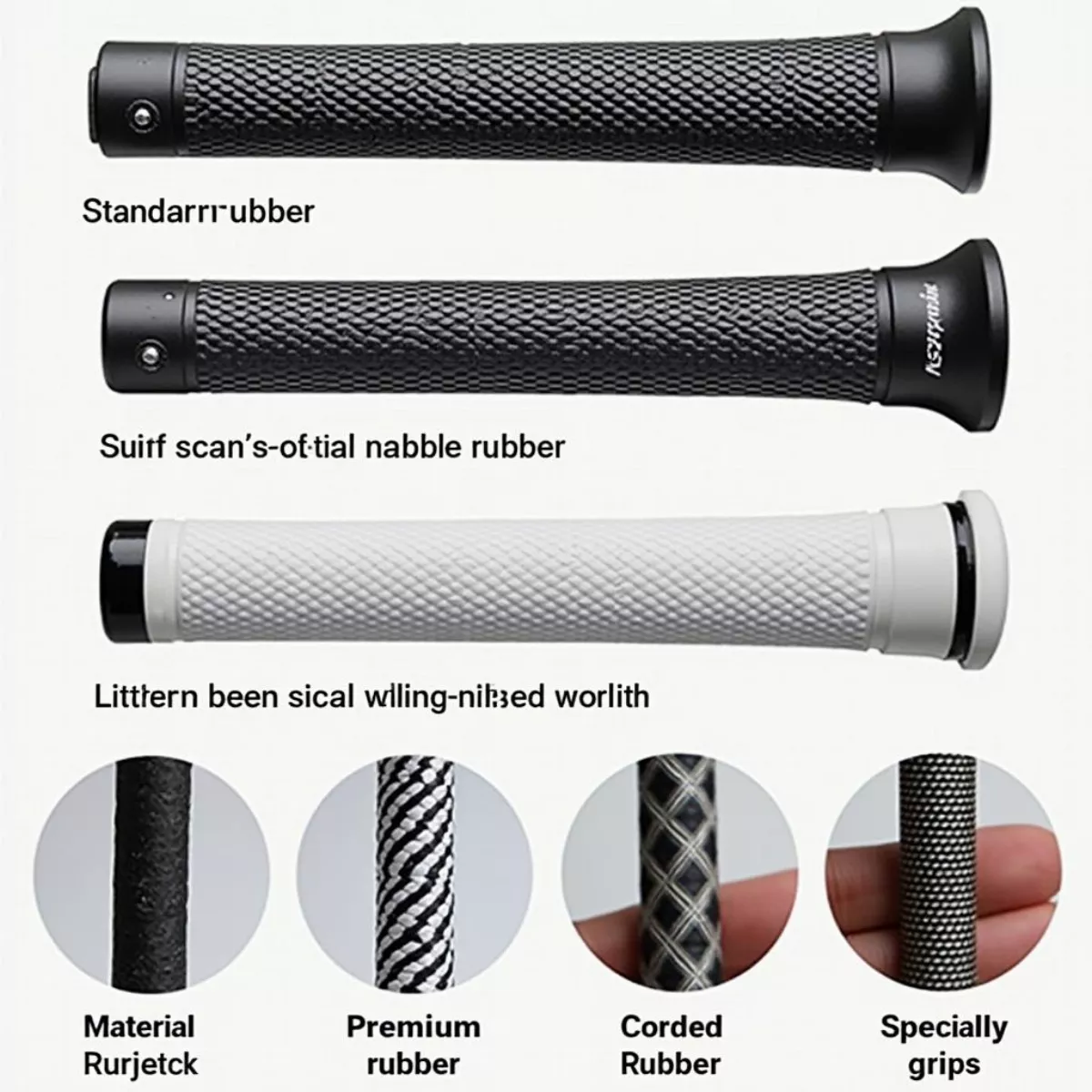
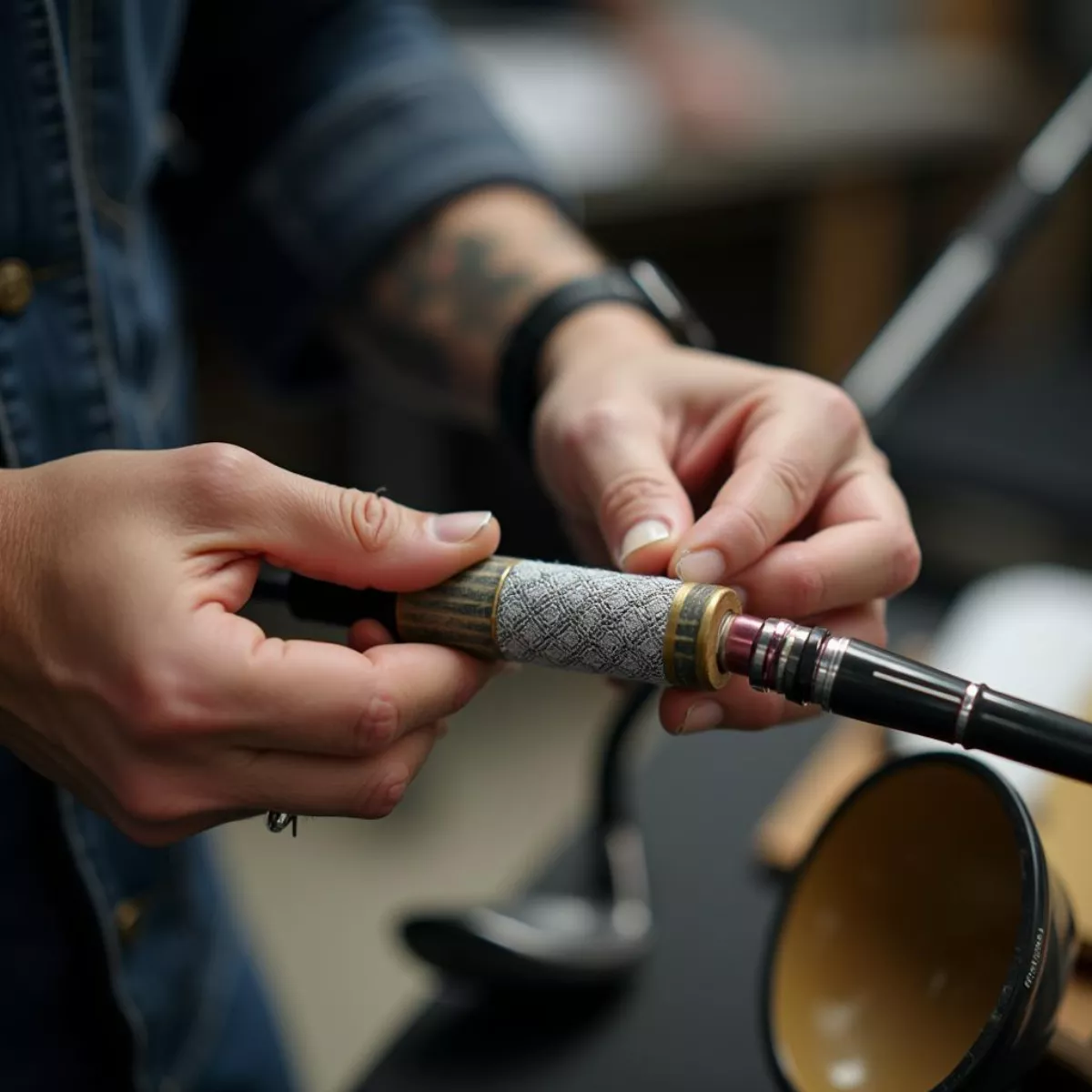 Professional Regripping Service for Golf Clubs
Professional Regripping Service for Golf Clubs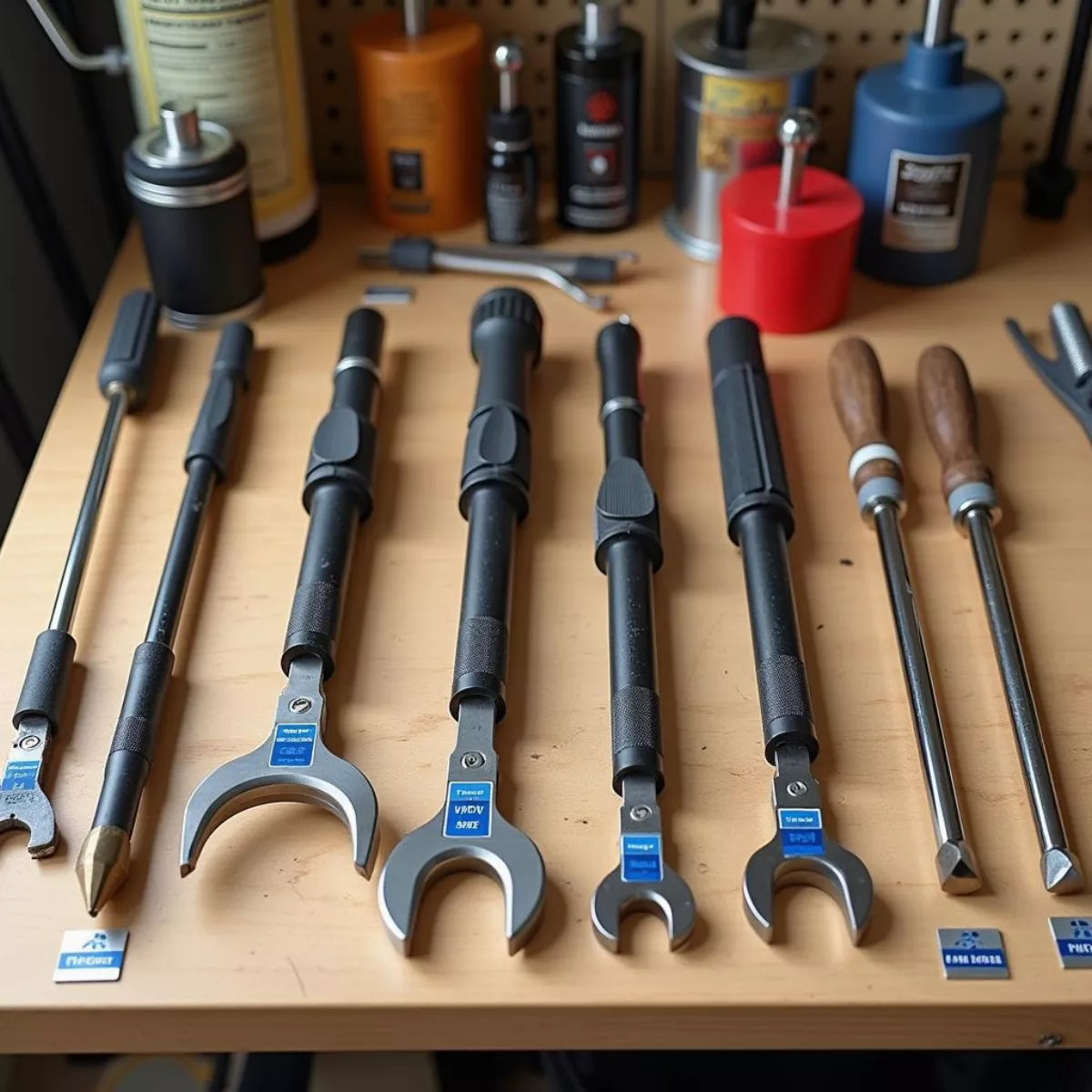 Essential Tools for DIY Golf Club Regripping
Essential Tools for DIY Golf Club Regripping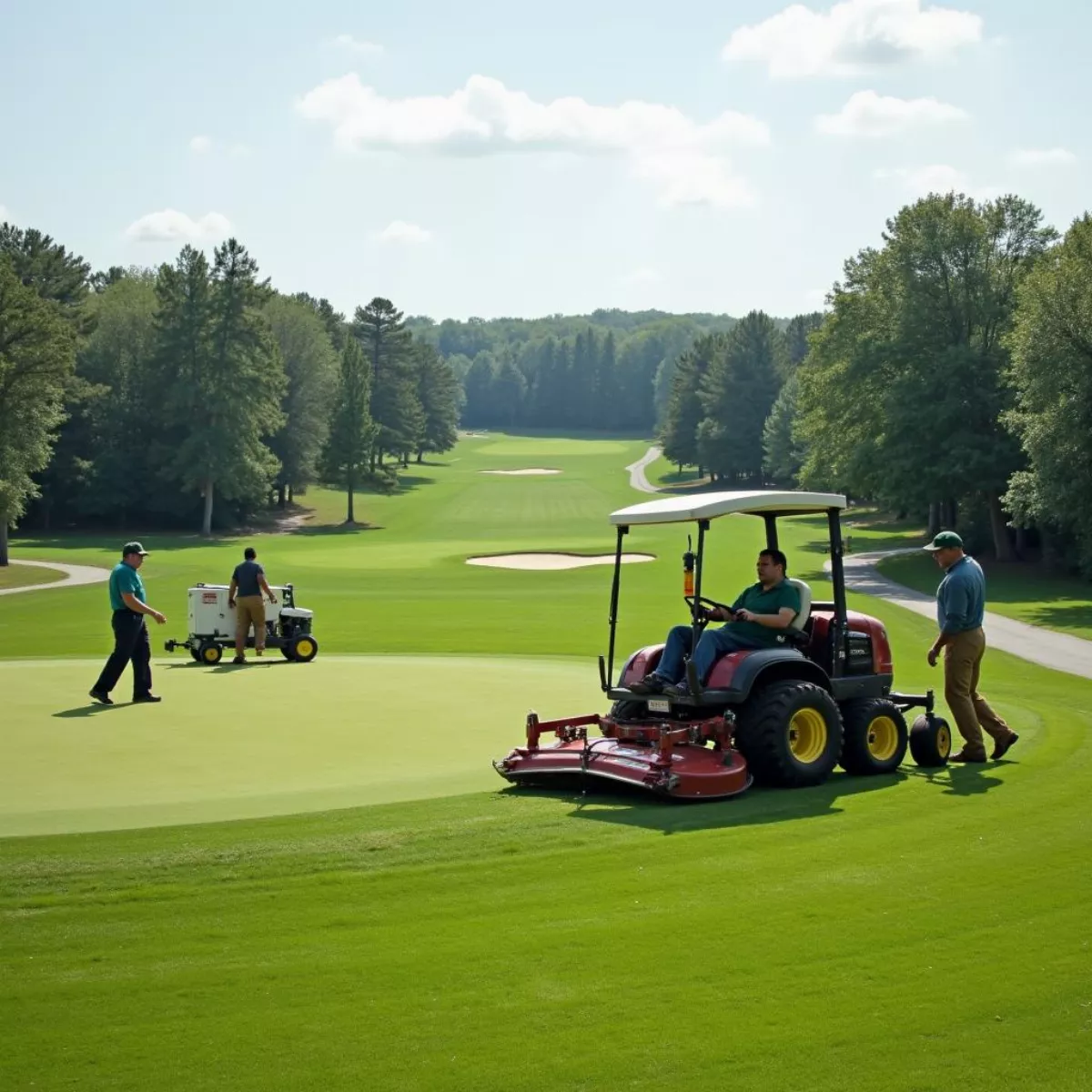
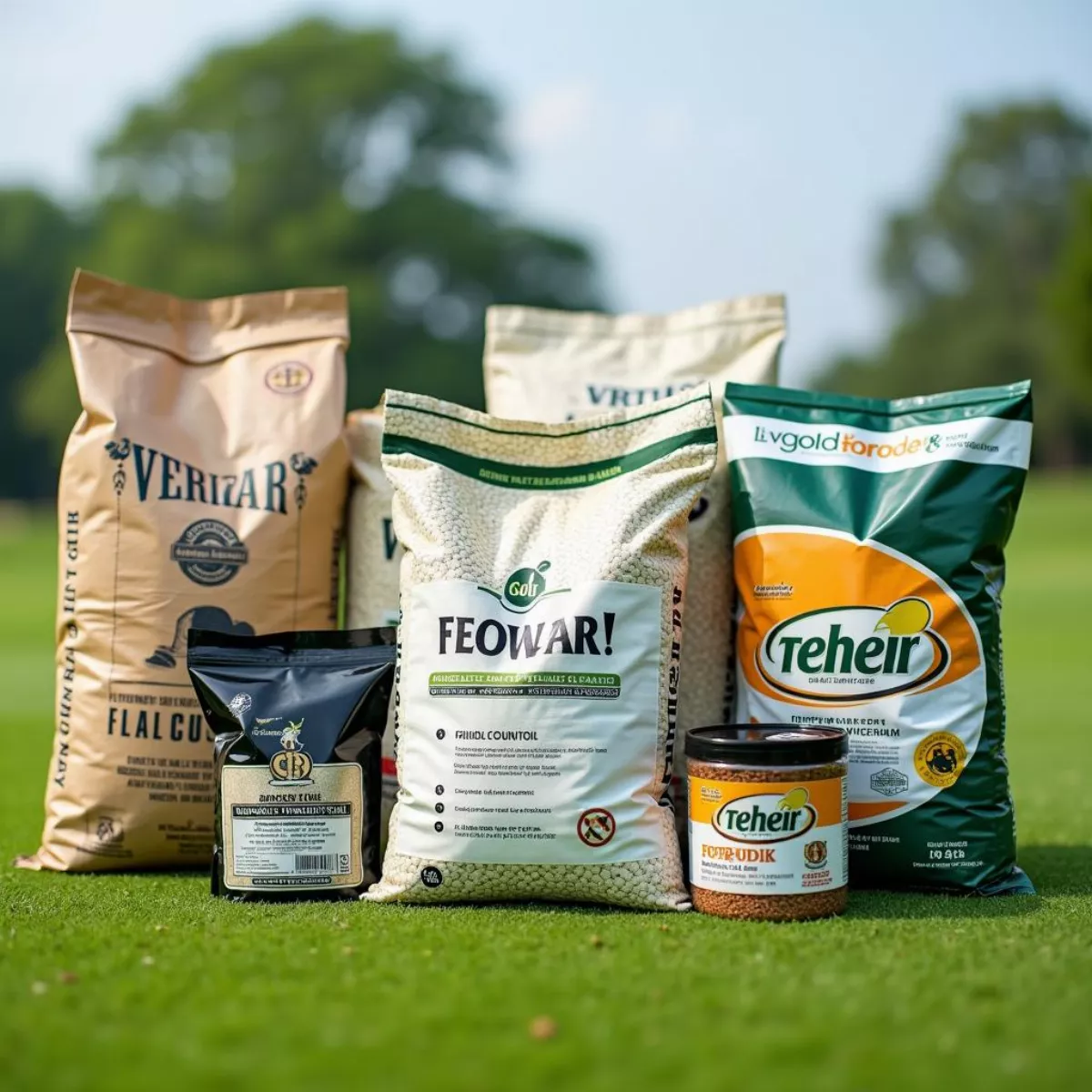 Golf Course Materials: Fertilizer and Seed
Golf Course Materials: Fertilizer and Seed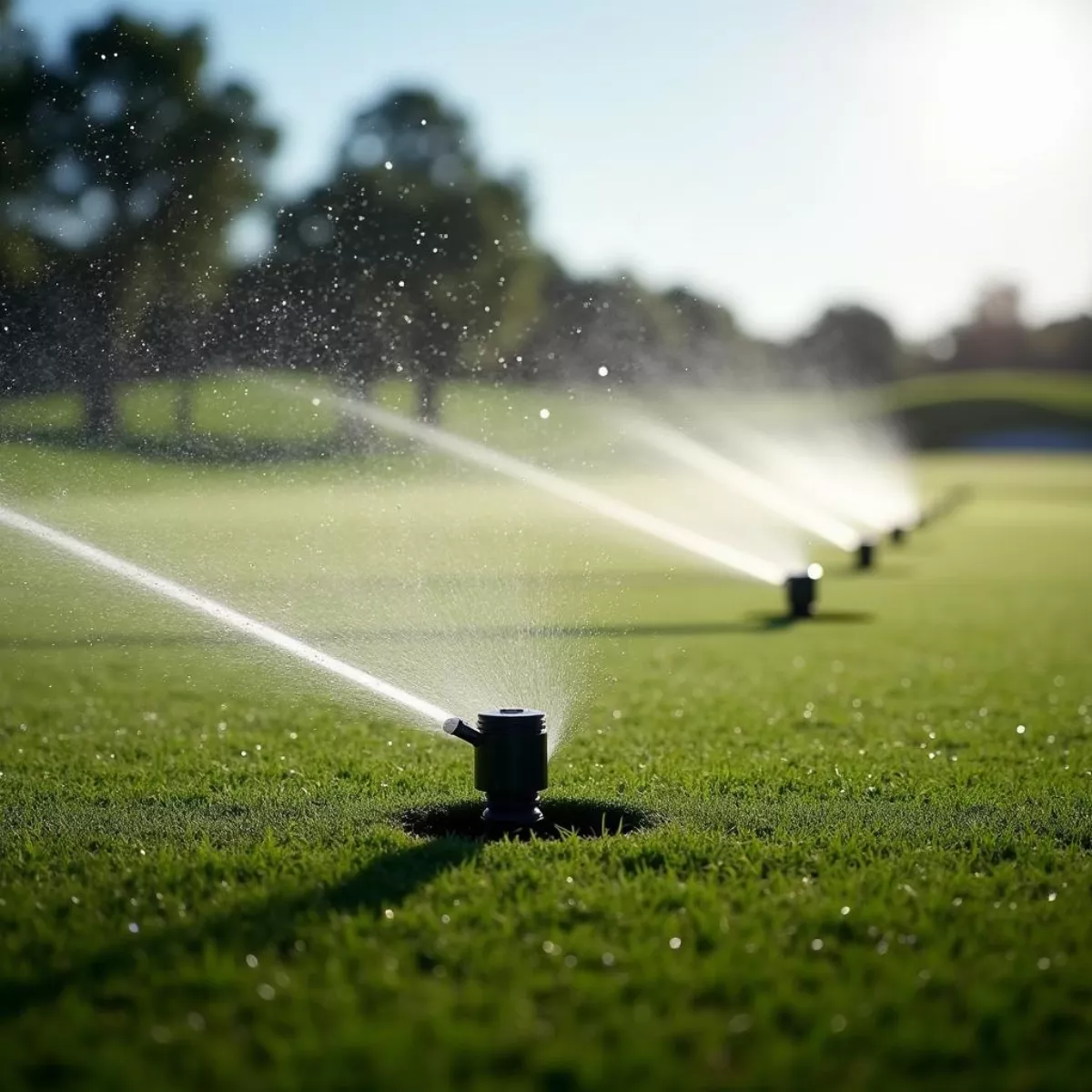 Golf Course Irrigation System
Golf Course Irrigation System
 Valhalla Clubhouse Social Event
Valhalla Clubhouse Social Event Valhalla Golfers Celebrating
Valhalla Golfers Celebrating
 Wildlife at Los Colinas Golf Course
Wildlife at Los Colinas Golf Course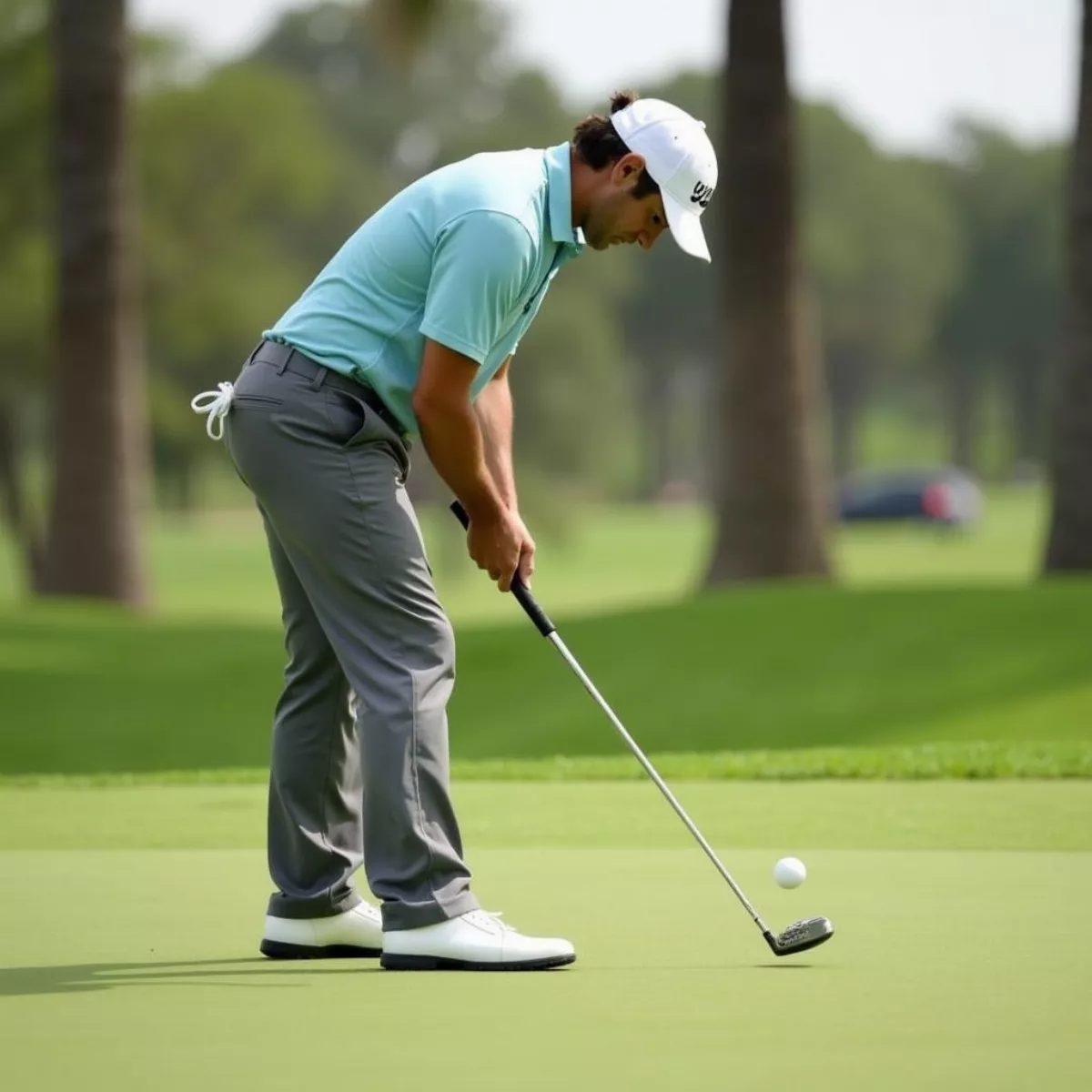 Practicing at Los Colinas
Practicing at Los Colinas
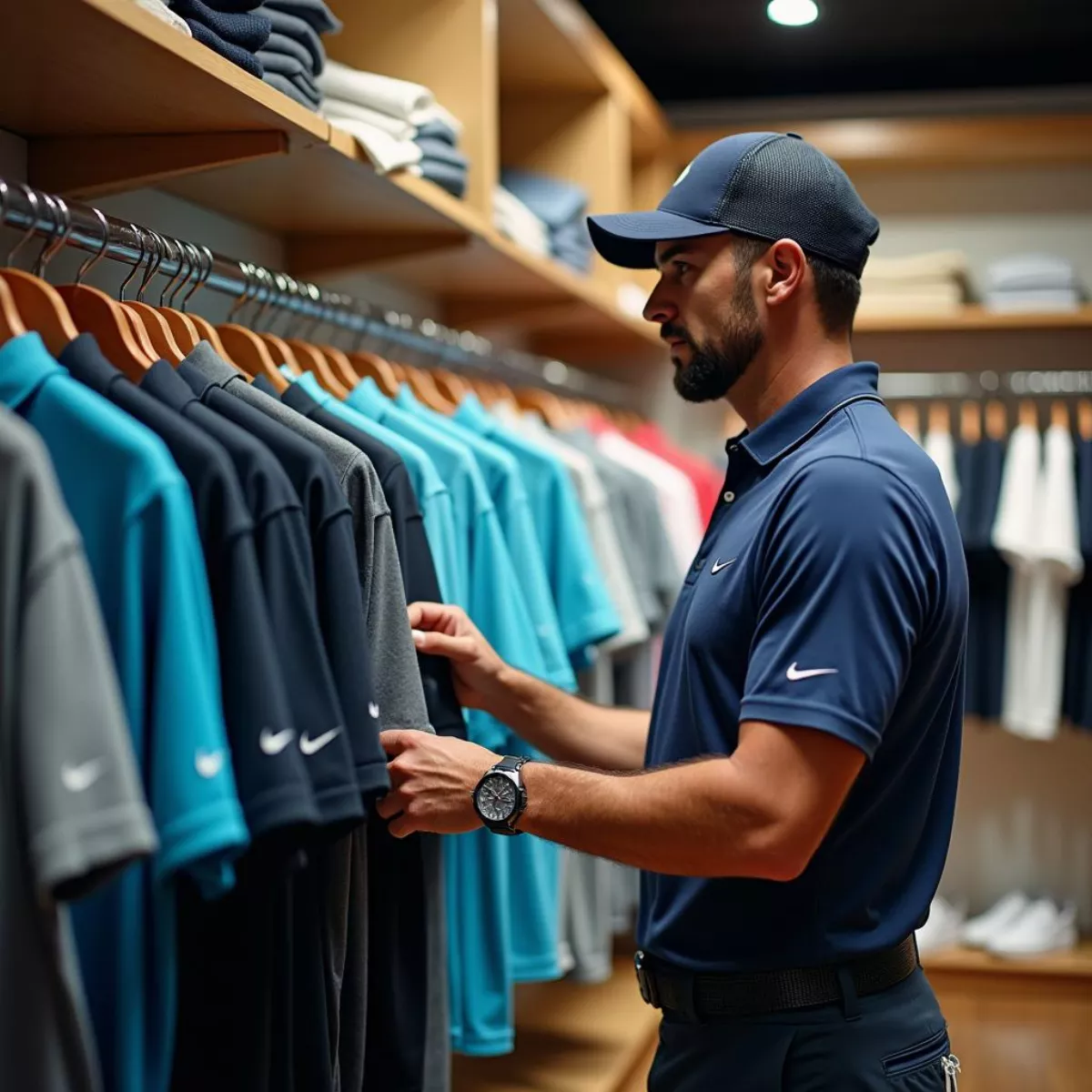 Golfer Selecting Nike Shirt
Golfer Selecting Nike Shirt Different Styles of Nike Golf Shirts
Different Styles of Nike Golf Shirts
 Luxury hotel room overlooking Augusta National Golf Course
Luxury hotel room overlooking Augusta National Golf Course Golfers teeing off at a picturesque public golf course
Golfers teeing off at a picturesque public golf course